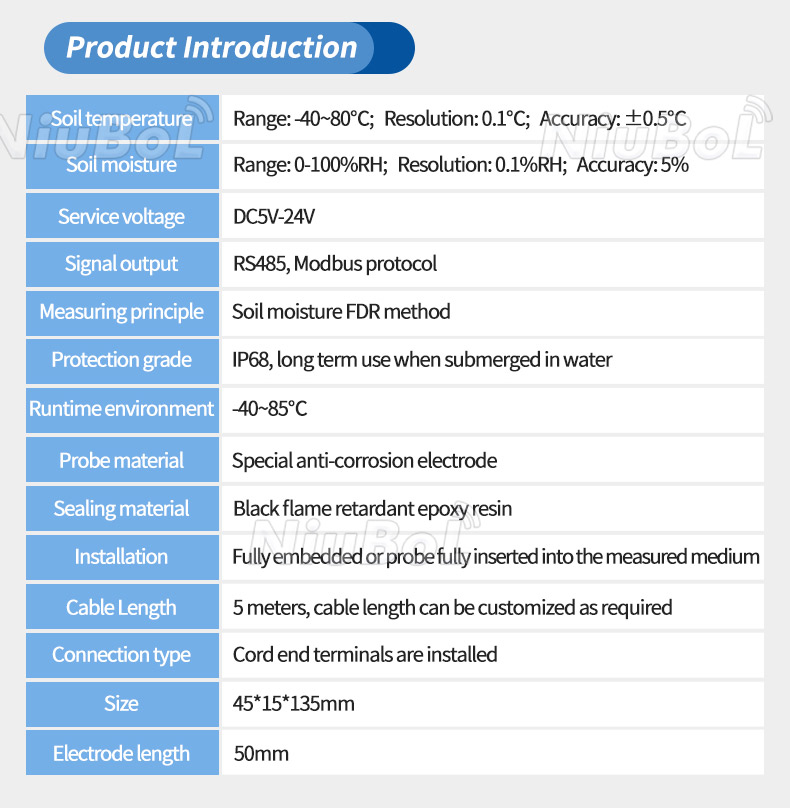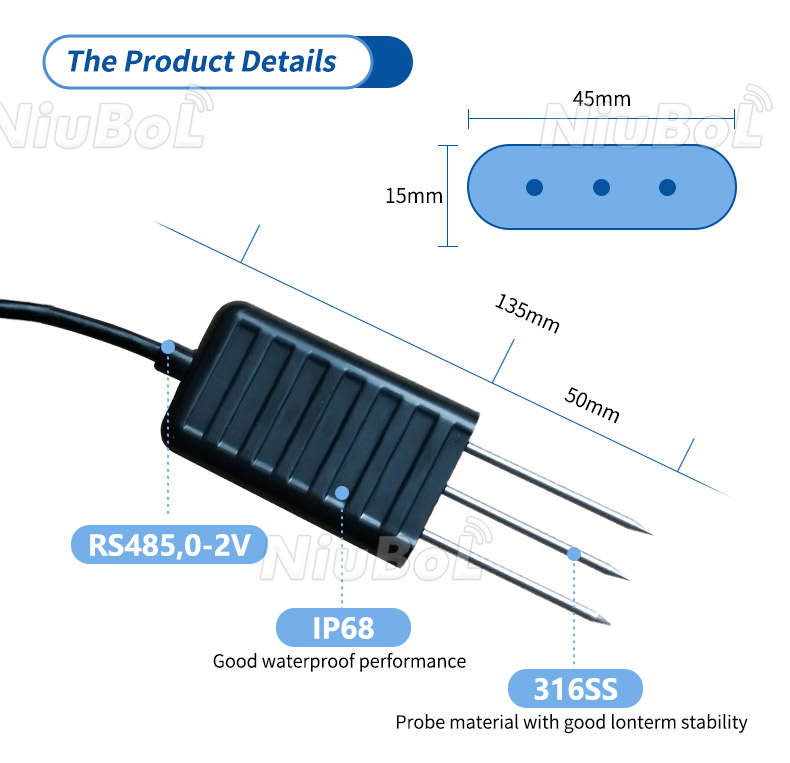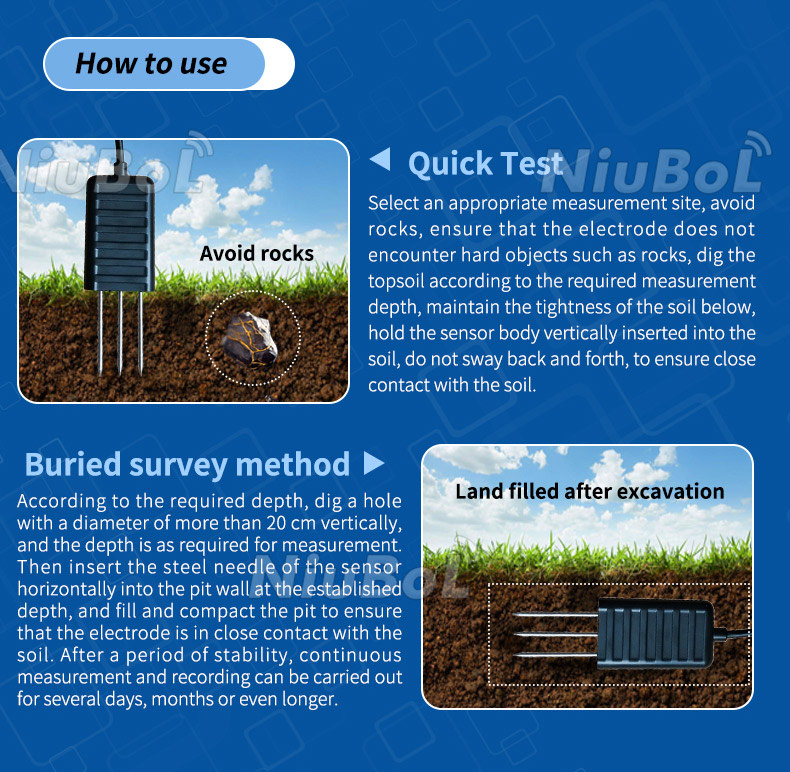

 咨询热线 15388025079
咨询热线 15388025079 时间:2022-05-18 20:04:46 浏览量:963
湿度传感器测量范围
与测量重量、温度一样,选择湿度传感器首先要确定测量范围,除气象、科研部门外,从事温湿度测控的人员一般不需要全湿度(0-100%RH)测量。

在当今信息时代,传感器技术与计算机技术、自动控制技术紧密结合。测量的目的是为了控制,测量范围和控制范围统称为使用范围。当然,对于不需要从事测控系统的用户,可以直接选择通用型湿度计。

湿度传感器测量精度
和测量范围一样,测量精度也是传感器最重要的指标。每提高一个百分点,对传感器来说,就是上升了一个台阶,甚至一个档次。因为达到不同的精度,制造成本就有很大差别,价格也有很大差别。
例如,一只进口的廉价湿度传感器只要几块钱,而一只用于校准的全湿度传感器却要几百块钱,相差近百倍,所以用户要量体裁衣,不能一味追求“高、精、尖”。
厂商往往会分段给出其湿度传感器的精度,例如中低湿段(0-80%RH)为±2%RH,而高湿段(80-100%RH)为±4%RH。而且这个精度是在规定温度(例如25℃)下的数值。如使用不同温度下的湿度传感器,其示值还应考虑温度漂移的影响。

众所周知,相对湿度是温度的函数,而温度强烈影响给定空间内的相对湿度,温度每变化0.1℃,就会产生0.5%RH的湿度变化(误差)。如果应用场合很难做到恒温,则不宜提出过高的湿度测量精度。因为湿度会随着温度的变化而波动,此时再谈湿度测量的精度就失去了实际意义。所以要控制湿度,首先要控制温度,这也是为什么大量的应用往往是温湿度一体化的传感器,而不是单纯的湿度传感器。

大多数情况下,如果没有精确的控温手段,或者测量空间不是密封的,±5%RH的精度已经足够。对于需要精确控制恒温恒湿,或者需要随时跟踪记录湿度变化的局部空间,可选择±3%RH
以上精度的湿度传感器。对应的温度传感器。测温精度必须在±0.3℃以上,至少在±0.5℃。而精度高于±2%RH的要求,可能连标准湿度发生器都难以校准传感器,更别说校准传感器本身了。国家标准材料研究中心湿度室的文章说:“相对湿度测量仪器即使在20-25℃的环境下,要达到2%RH的精度,还是非常困难的。”
上一页:测量土壤湿度的方法
下一页:湿度传感器质量检测方法
相关推荐
相关产品